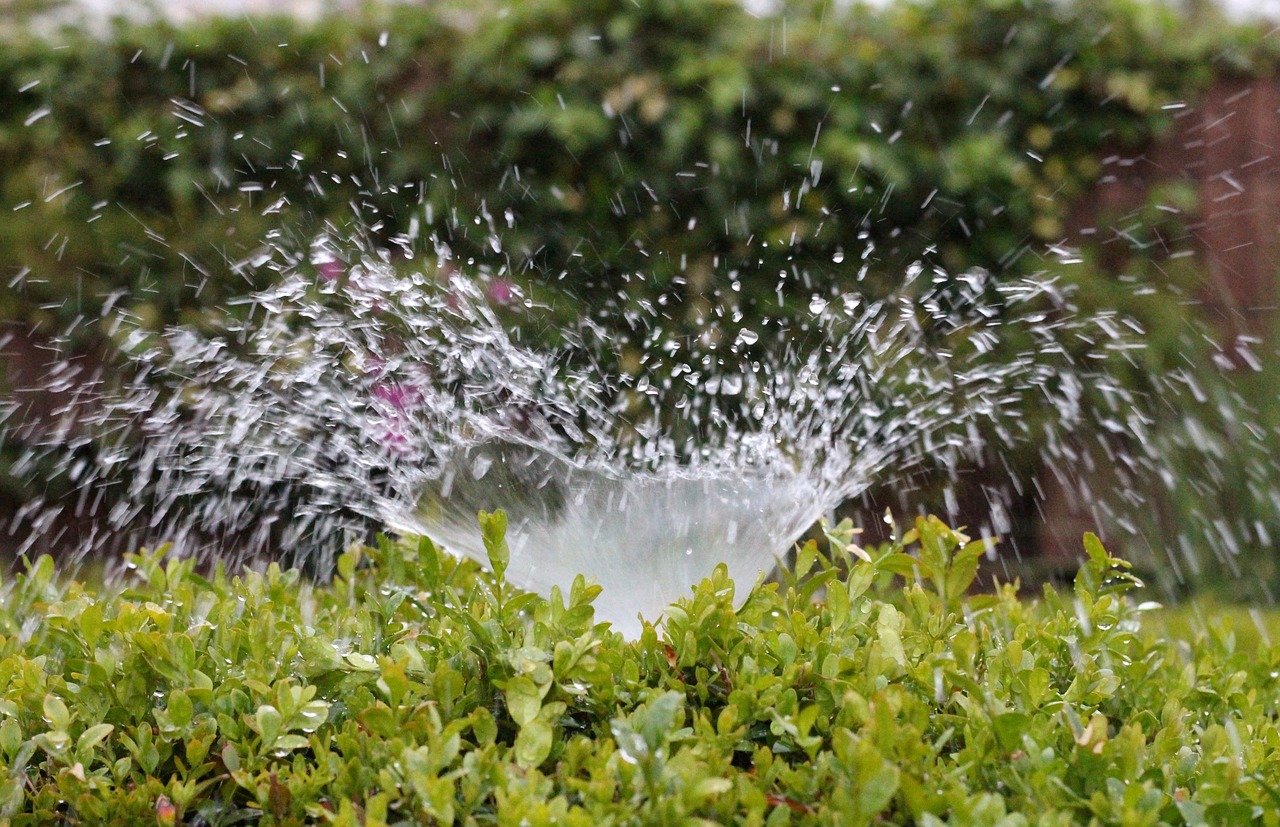
What is the Best Time to Water Your Lawn?
June 1, 2020
The Ultimate Guide for Amending Your Soil
June 1, 2020Keeping up with your lawn is typically one of the biggest landscaping priorities, but the truth is that it’s not as simple as just mowing and cutting. Lawn care involves reacting to how your lawn is growing in real-time and making adjustments as you go. For new and inexperienced landscapers, it can be a big challenge trying to figure out how to get the most out of your grass. Even experienced landscapers run into issues with their lawn from time to time, which is why it pays off to know a few of the ways to deal with lawn care problems.
When you notice that your lawn starts to look worn down or thinning out, there is a solution that you should consider. Overseeding your lawn can help you return it back to its full green glory and keep your landscaping looking lush. Below, we are going to walk you through a brief guide to overseeding your lawn. This article is brought to you by Cal Blend Soils, the leading supplier of landscaping products in California. Reach out to Cal Blend Soils today if you are interested in landscaping supplies that can help you reach new levels of success.
What is Overseeding?
If you aren’t familiar with the term “overseeding”, it refers to adding grass seeds on the top of an existing lawn. When your lawn gets older, the production of new blades of grass begins to slow down. This will often lead to a weaker lawn that is prone to get overrun by weeds. If your lawn is starting to look brown, has large patches that appear dead, or is thinning out, you should explore overseeding to get it back to where you want it to be.
How to Overseed
Step 1 – Gather Your Tools
Before you start overseeding your lawn, you need to gather the appropriate tools. You will need a few things to get the job done, so make sure you have them all prior to starting. Obtain grass seed, soil that has been enriched with nutrients, a seed spreader, a lawnmower, a rake, and a sprinkler. You will be using each one of these items and can begin after you have gathered them all.
Step 2 – Mow Your Lawn and Rake Debris
Before you start laying down seeds, it’s a good idea to head outside on your mower and give your lawn a quick mow. Make sure your mower is set on the lowest possible setting before you begin. After you mow your lawn, remove the clipping and rake your lawn to get rid of any debris. The idea here is to expose the soil so that the seeds will be able to form their root systems and grow after you are done with overseeding.
Step 3 – Add Soil Amendments or Enriched Soil
After you’ve taken care of the steps above, your goal should be to prepare the soil to grow new grass. One of the best landscaping supplies for overseeding and enriching the soil is soil amendments. You can either purchased amended soil or add certain soil amendments that will improve the quality of the soil before you lay down the new grass seeds. Your goal is to create a healthy soil environment for the new grass to grow on.
Step 4 – Start Spreading Seeds
Now that the soil is ready for your new grass seeds, it’s time to start spreading them all over your lawn. Fill up your seed spreader and apply seeds over the entire area that you want to increase growth on. If you are working with a smaller area, you can try spreading by hand spreader. Don’t overdo this step, simply spread seeds around the area you want and refill as needed.
Step 5 – Fertilize the Grass
After you’ve laid down new grass seeds, you want to give them the best possible chances of growing in strength. That’s why it’s a smart idea to apply a fertilizer that will help to support the growth of the root system. Try to get a fertilizer that contains phosphorus and nitrogen, which are important nutrients that will help the new seeds grow. If you are interested in purchasing fertilizers, head into Cal Blend Soils today. We can help you find the specific fertilizer type you need to accomplish your landscaping goals.
Step 6 – Water Your Lawn Thoroughly
The last step for overseeding your lawn is to water it thoroughly. That way, you can help the seeds get the moisture they need in the soil to grow and develop their root systems. Try to water the grass once or twice daily until the new grass has grown to the same length as the existing grass. After that, you can revert back to your normal watering schedule.
Get Your Lawn Back
Overseeding is a great way to get your lawn back to normal. Grass ages and presents landscapers with issues over time, but you can always try overseeding if you want an effective and inexpensive way to bring your lawn back to its green glory. As a reminder, you can always reach out to Cal Blend Soils if you are interested in exploring how our great landscaping supplies can help you achieve your goals. We have a huge selection of supplies that can make your life easier as a landscaper and keep your property flourishing with green life. Connect with the team at Cal Blend Soils today to learn more.


